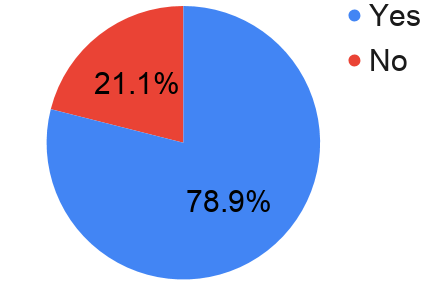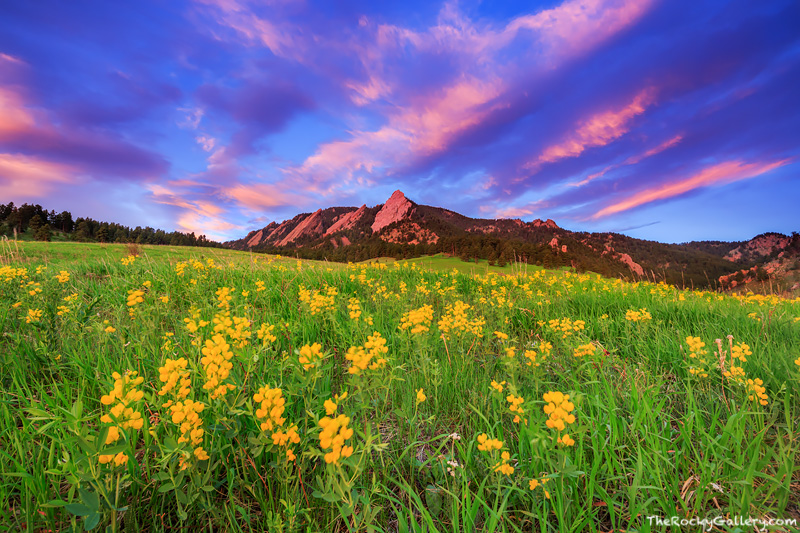To get a preliminary outlook on how the general public felt and understood about tropospheric ozone pollution, we conducted an online survey. Originally we had hoped to execute the survey on CU Boulder campus as well as various popular local areas throughout Boulder. However, due to the precautions taken for COVID-19 we had to improvise. From March 16 to April 3 we reached out to locals online through facebook groups, Nextdoor.com, and a neighborhood associations list. The amount of feedback we got was impressive, we believe that this was due to the increase of free time that individuals had in the safety of their own homes. The total of participants was 95. The visual below shows the concentration of feedback based on zip codes in the state of Colorado. We tried to receive feedback primarily from individuals in the front range area due to the high amount of ozone concentration in the front range.
As University students, originally we were not aware of the impact tropospheric ozone had in the area. Before we created the survey we assumed that other individuals of the general public would also not know about it at all or very minimally. Nevertheless, to our surprise, a lot more participants knew about tropospheric ozone than we had inferred which is demonstrated in the pie chart below.
Question 8: Many people know about the ozone hole in the stratosphere (an upper layer of the atmosphere), which contributes to global warming. Did you know that ozone in the troposphere (the lower layer of the atmosphere where we live) is a form of air pollution and impacts human health, vegetation, and climate change?*

Given these responses in question eight, it does bring into question how much do these individuals know on this particular topic? Many variables influenced their knowledge on tropospheric ozone such as; news articles on Facebook, scholarly articles, NPR, studies, various media platforms, and many people mentioned that they relied on non-reliable sources. The amount of information the general public are aware of was made apparent through question two and question ten.
Question two in our survey was, what is your opinion of the air quality in your area? This question demonstrated how variable people’s opinions were on this topic. Answers ranged from excellent, good, fair, mediocre and bad.
Question 10:
These two diagrams demonstrate some individuals know of the issue but they are not aware of how serious this issue is especially in the Front Range. This sort of perception can relate to ozone alerts as well.
Question 4: What does an “ozone alert” day mean to you? Do you change your behavior with such an alert?
Majority of people either recognize the importance of an ozone alert and change their behavior. However, a great number of people also don’t change their behavior, even while understanding ozone alerts to some extent. A lot of argument for that is based on assuming just those with respiratory issues need to change their behavior. Here are some interesting examples below:
- One person said they haven’t received any alerts so wouldn’t know what to change
- A lot of people were saying they stay in doors. One particular said “another lost day in doors”
- There were several people saying it meant they used public transport more on these days
- Several people also correlated it with increased damage from the sun and to wear more sunscreen or a hat
- “Not really, but I don’t get much intense exercise (I have experienced sports asthma in Dallas because of ozone pollution) any more, and I prefer to ride a bike rather than drive.”
- “Absolutely. After over the top ozone alerts Feb./Mar. 2019 experienced ‘acute lung inflammation’ requiring hospitalization, oxygen, massive antibiotics, lasting months; six friends with similar experience.”
Even though we may not have been able to have face to face contact with individuals where we could have had the chance for more impactful interactions, we were happy to receive the feedback that gave us a greater understanding of the locals’ knowledge or lack thereof on tropospheric ozone pollution. As college students, we strived to be unbiased during this skeptical time, nevertheless because we reached out to individuals within mutual frameworks we cannot guarantee that our findings are not biased. We were also constantly learning throughout the process, demonstrated by question eight . Hopefully this survey can assist people from different backgrounds communicate and continue to learn about the impact of tropospheric ozone.
* In question eight, we were still learning about the specific details of stratospheric and tropospheric ozone when we sent out this survey question. The responses we received were in reply to the ozone hole in the stratosphere being a source of global warming rather than an increase of exposure to cancer, which causes ultraviolet radiation.
